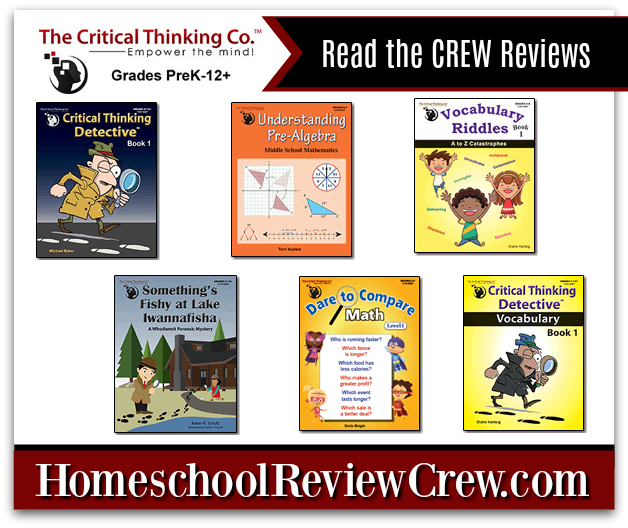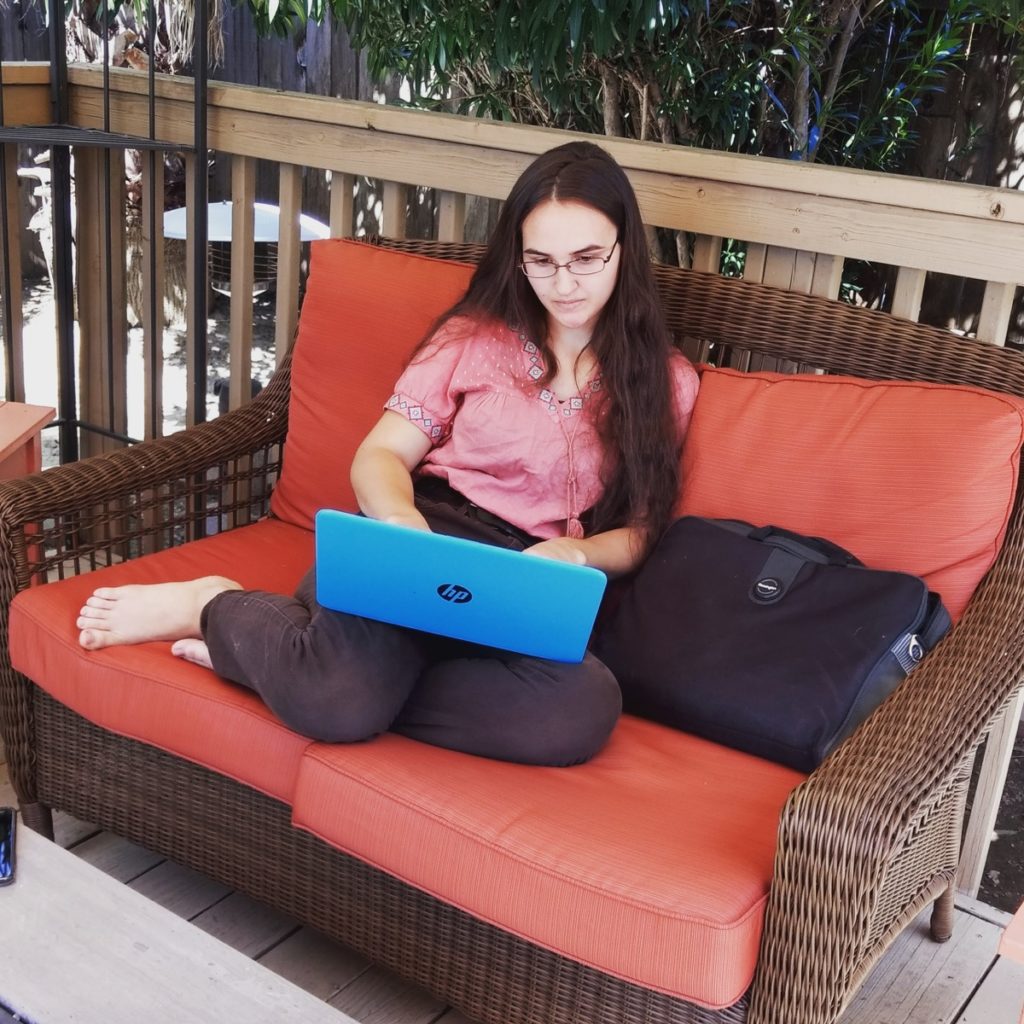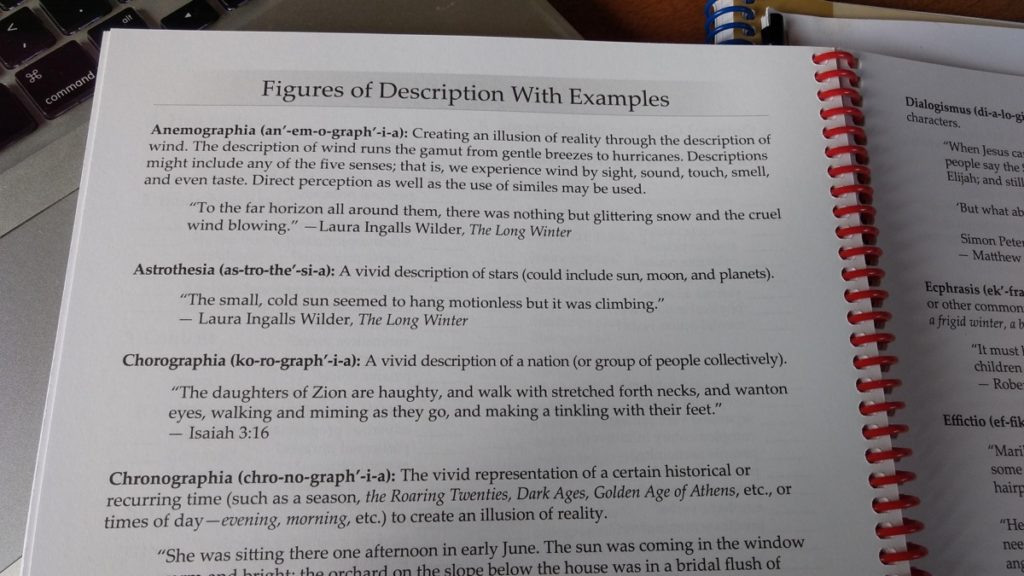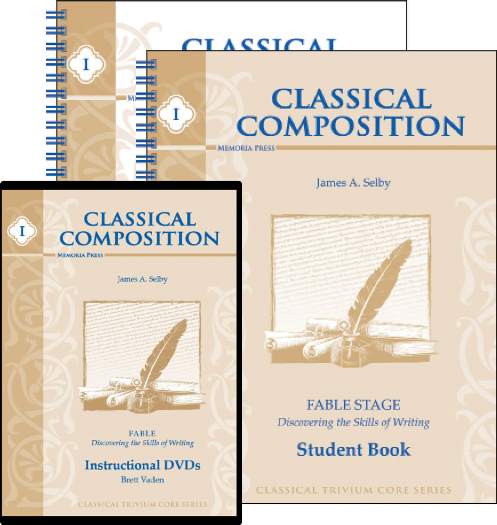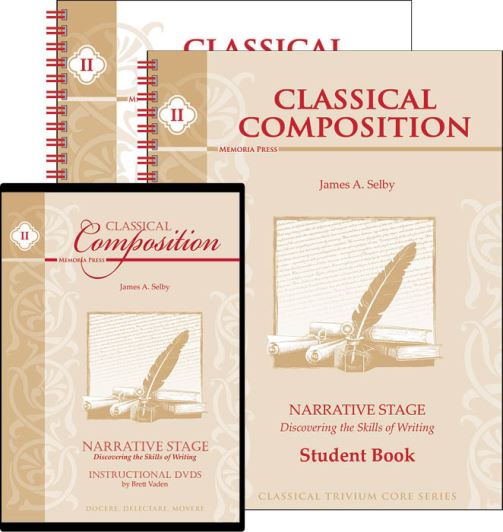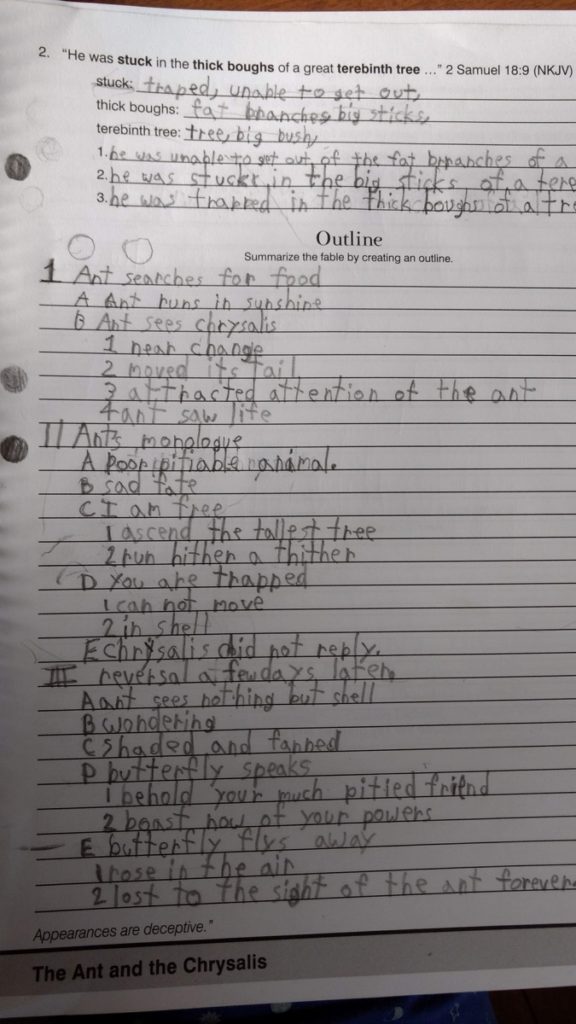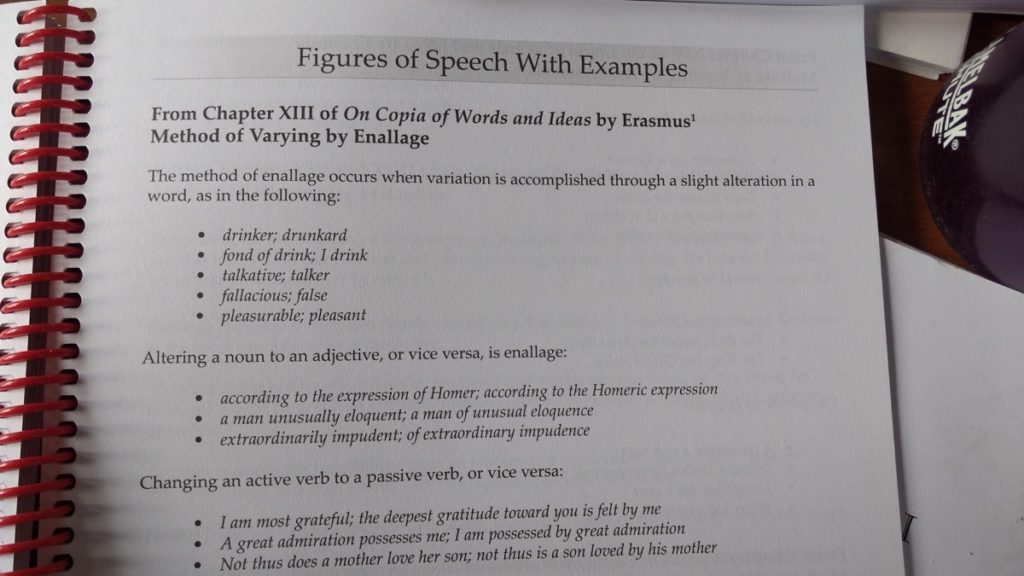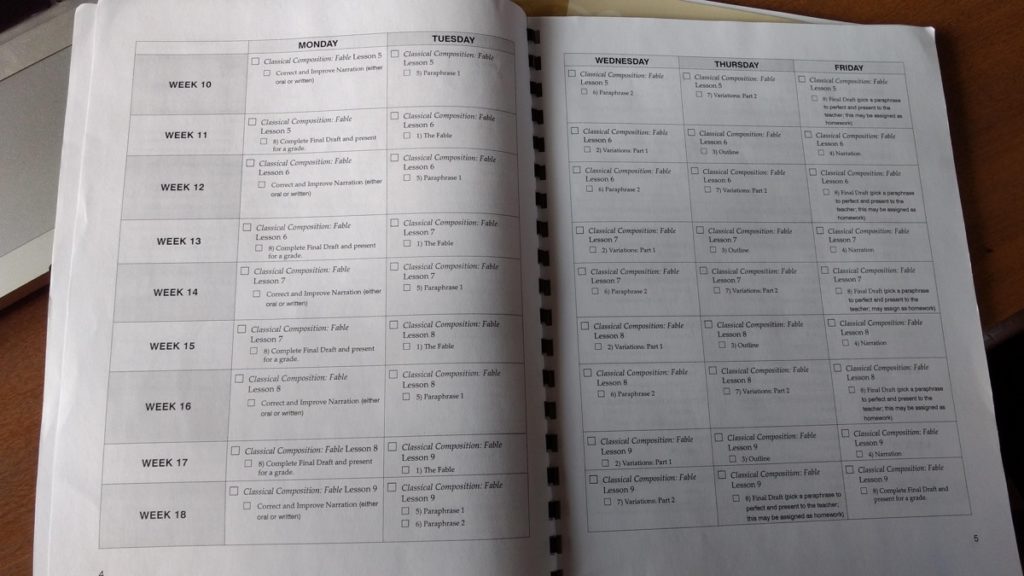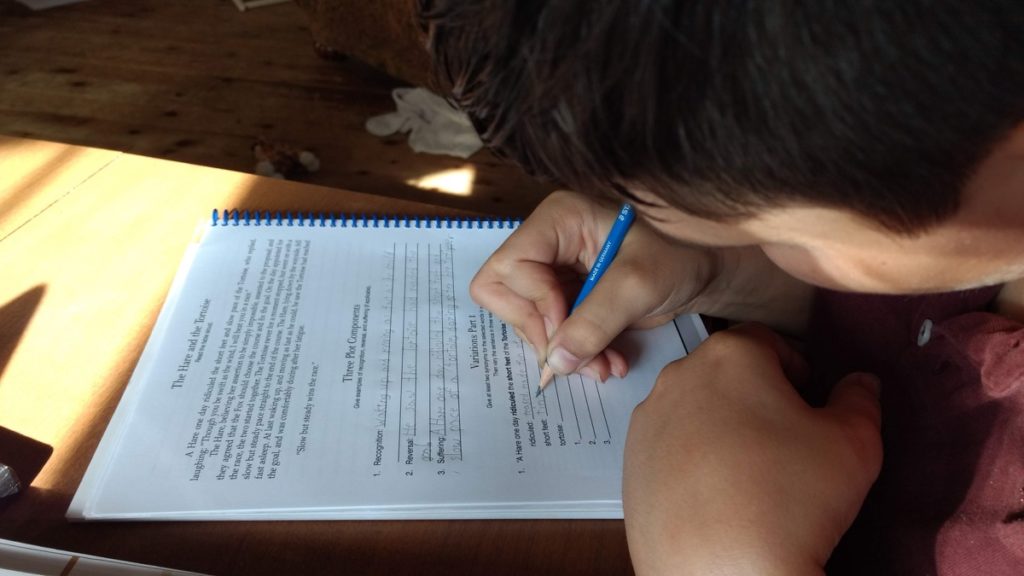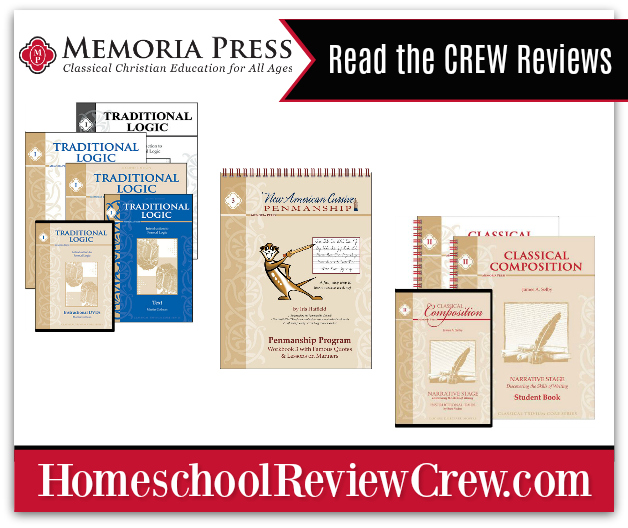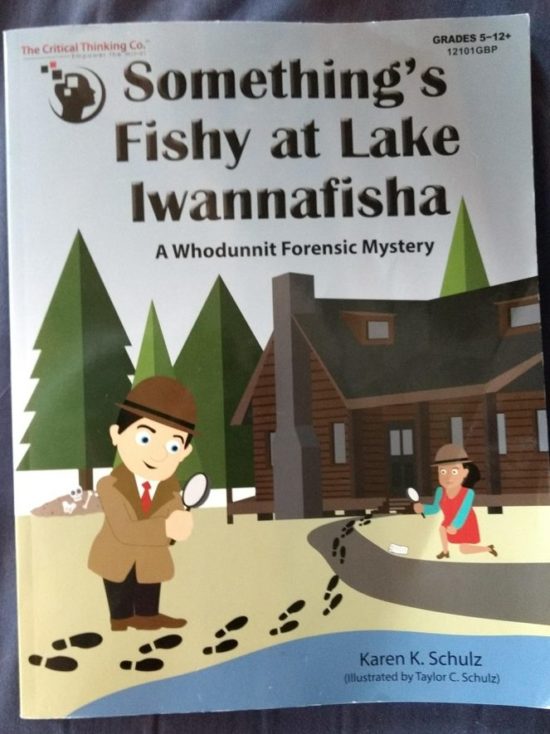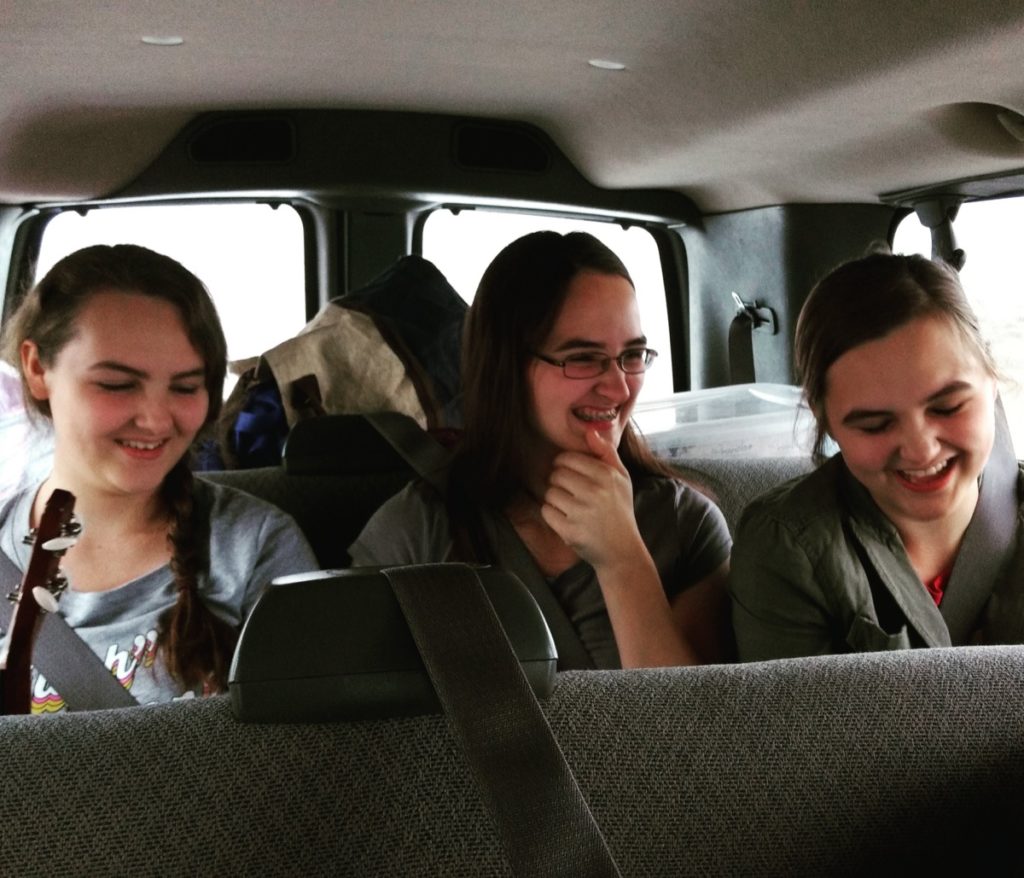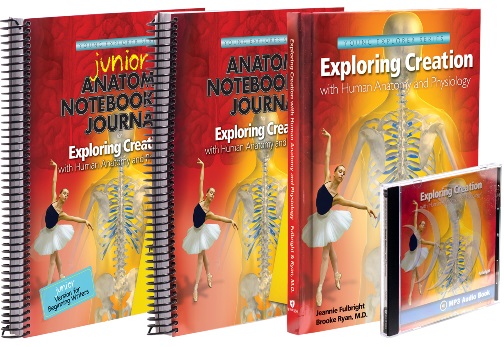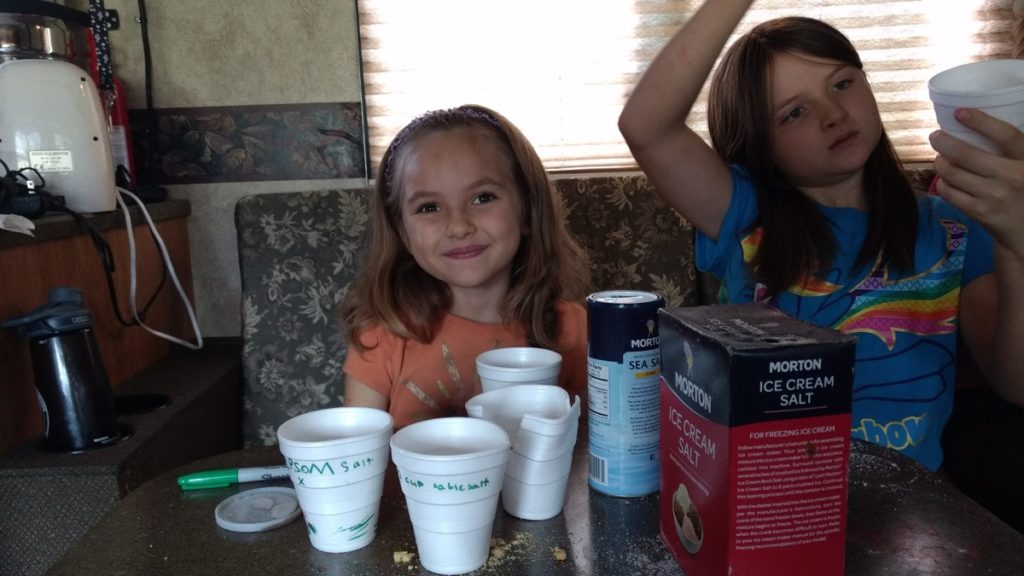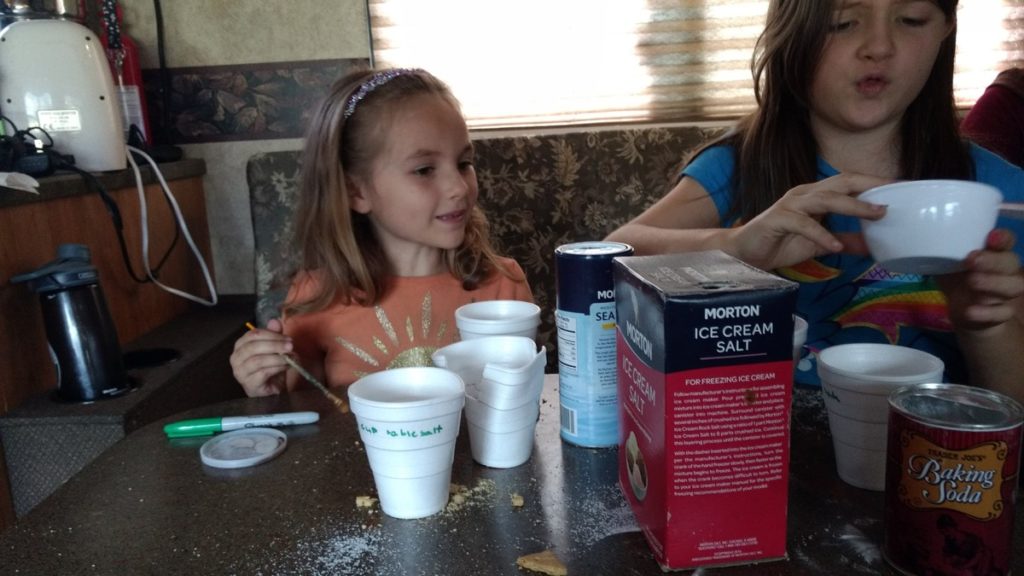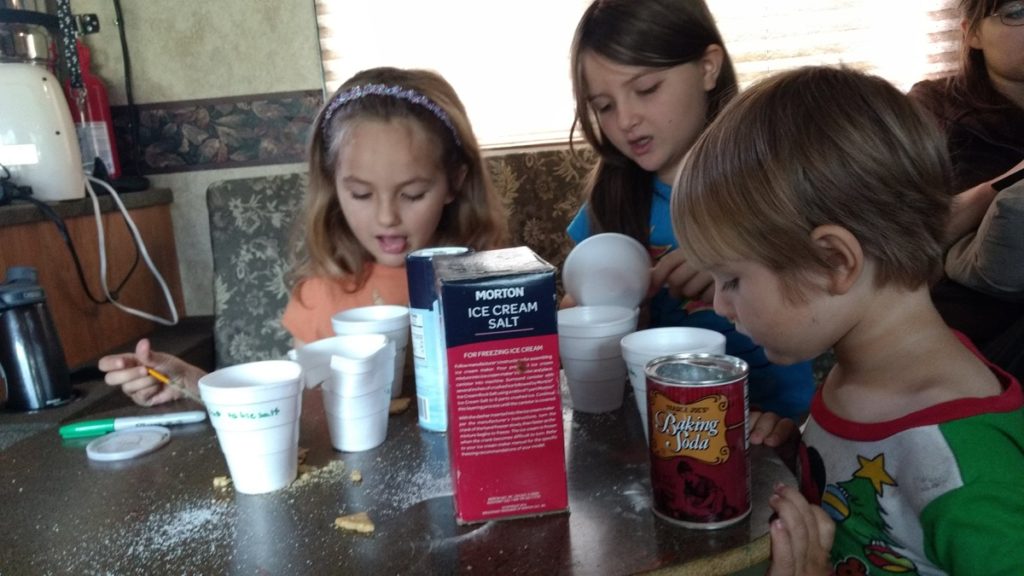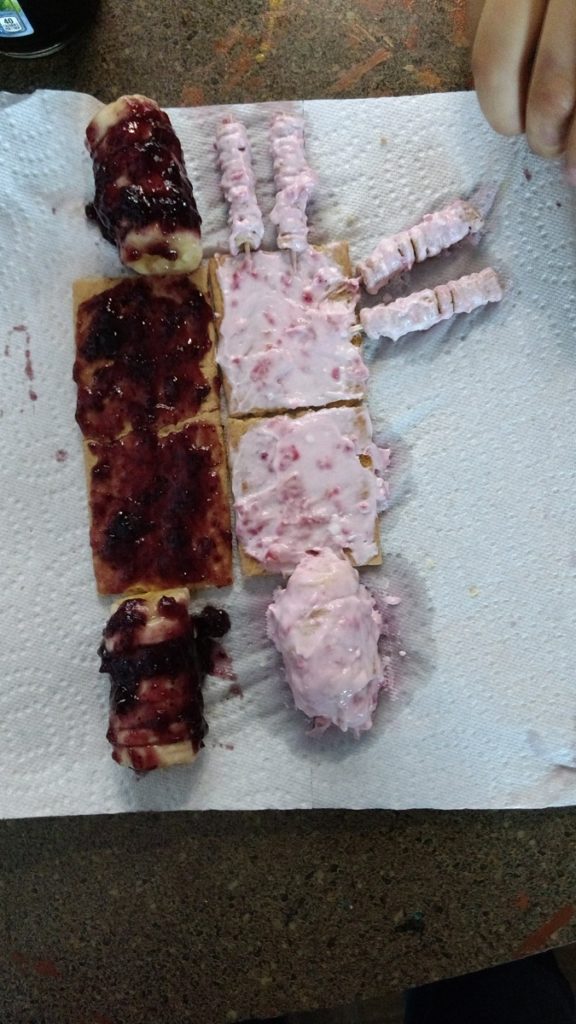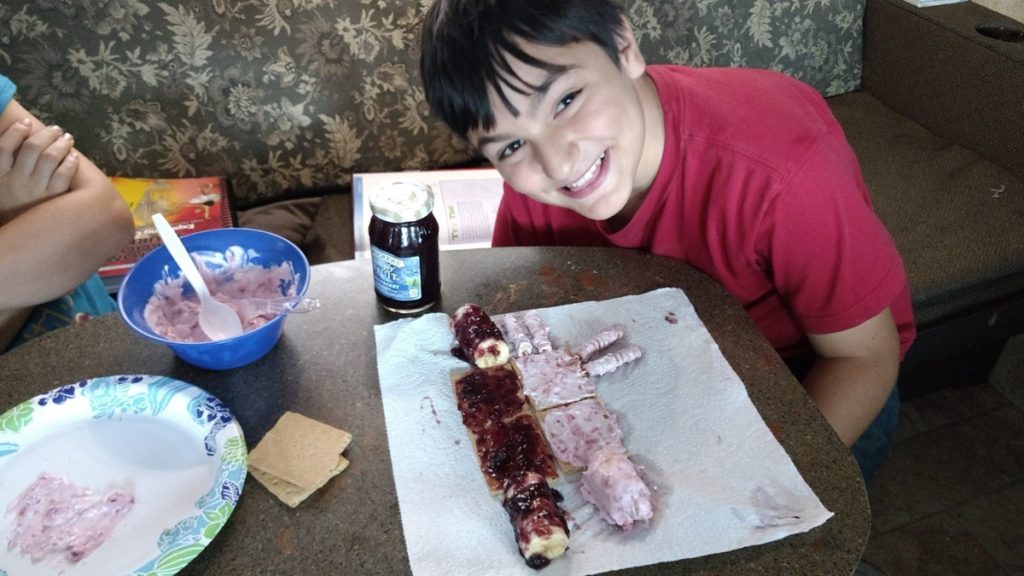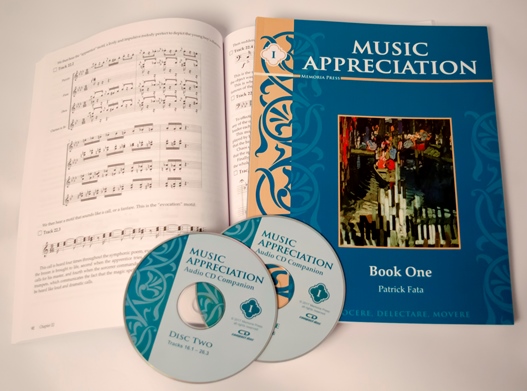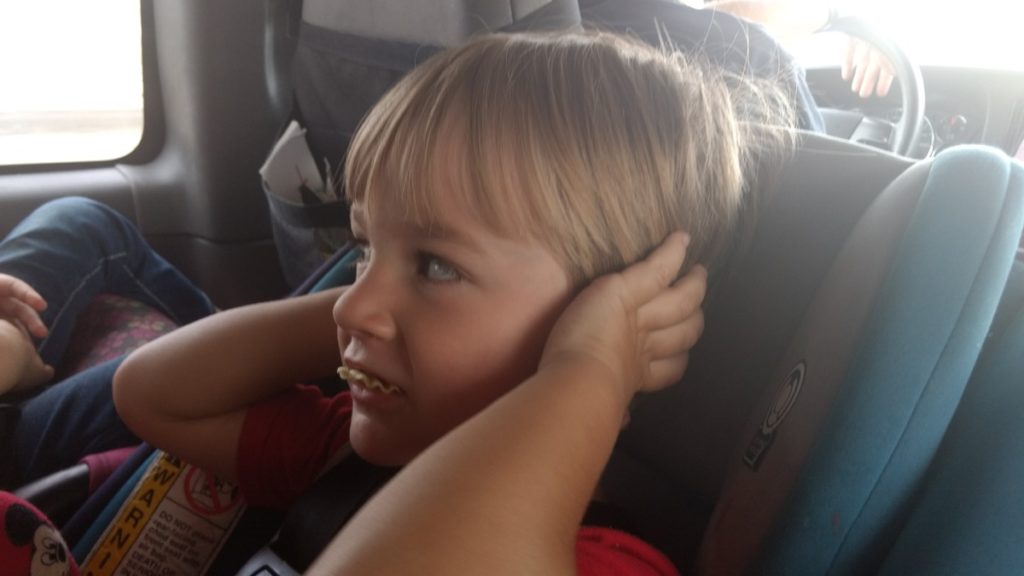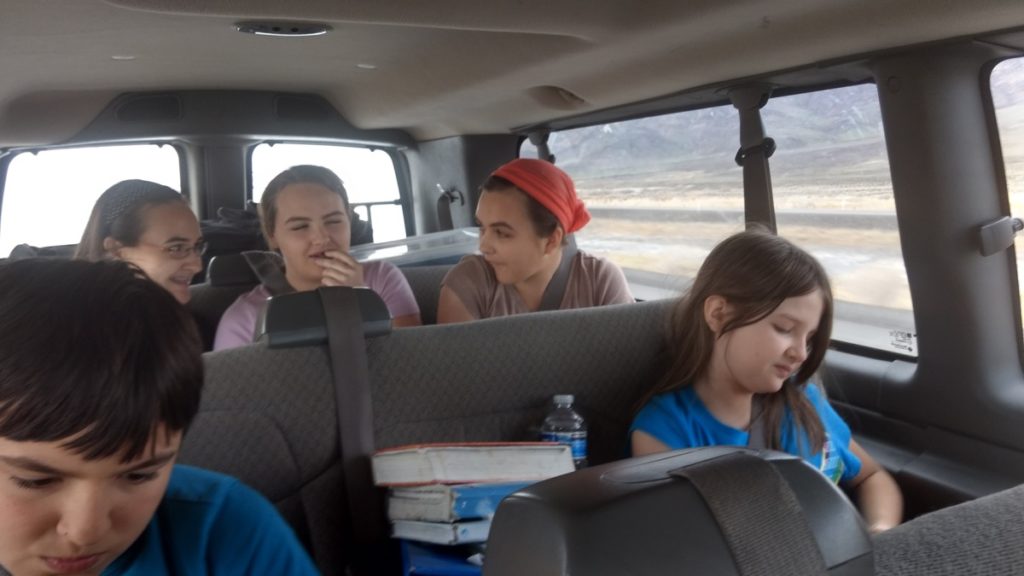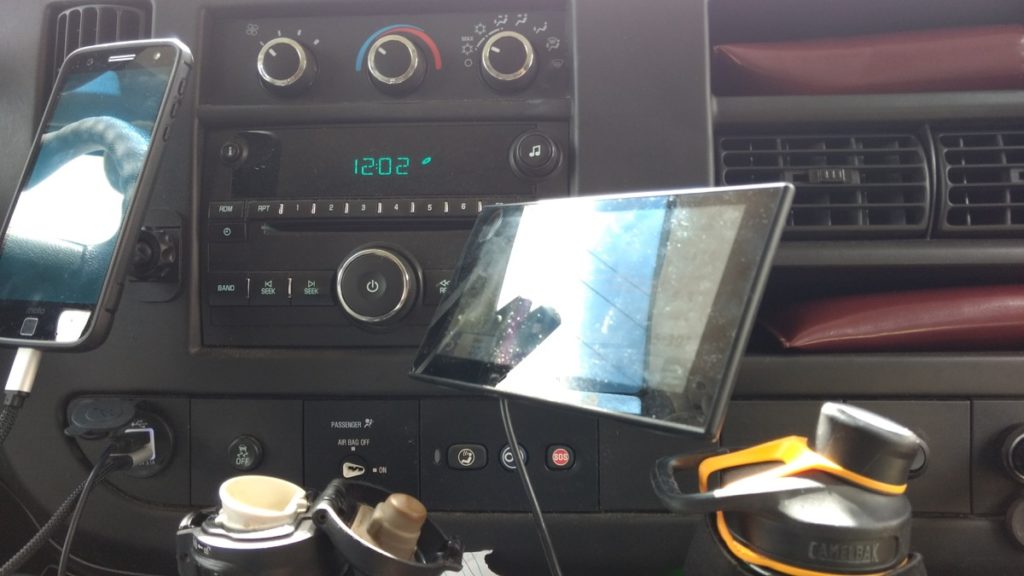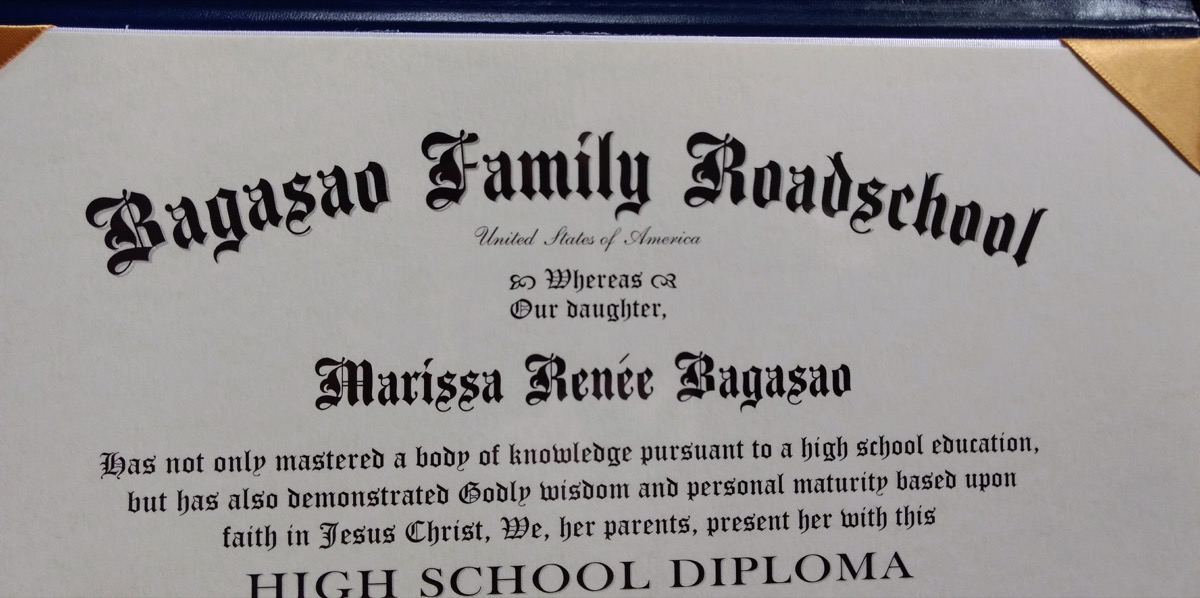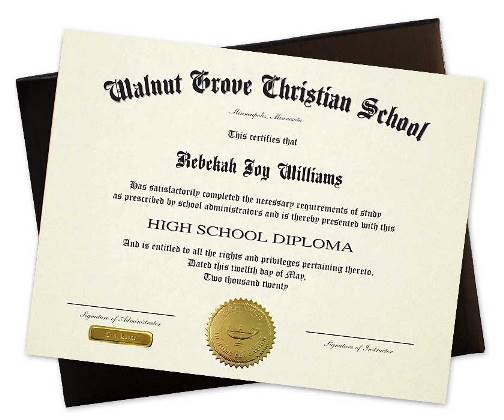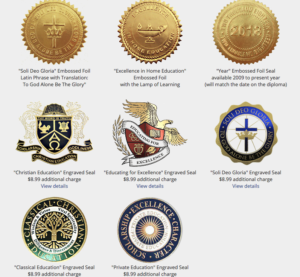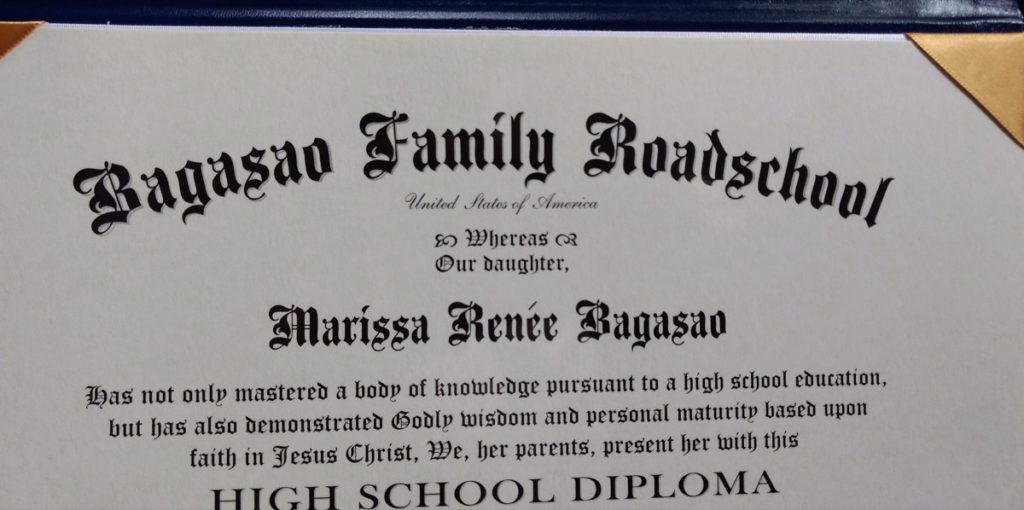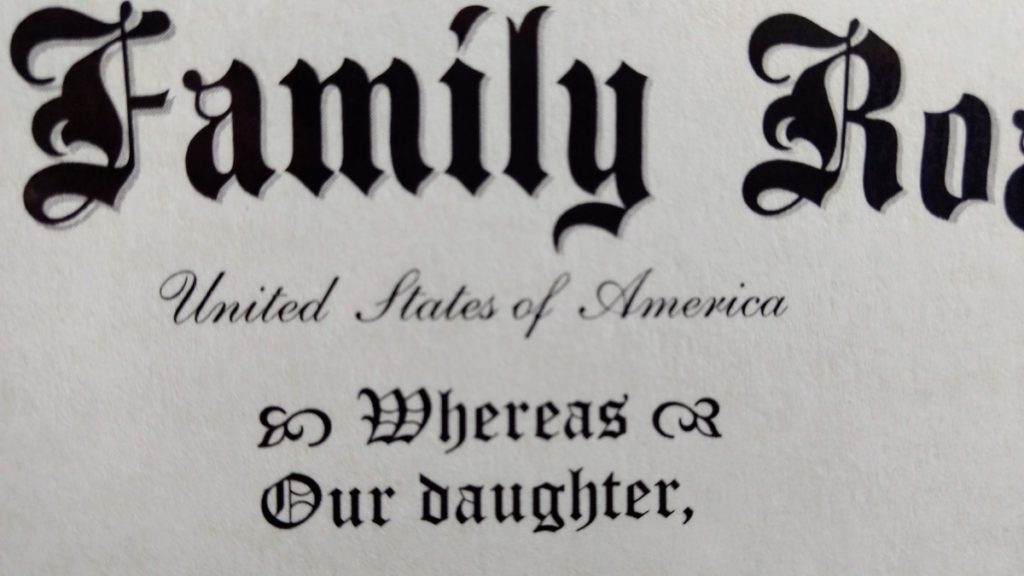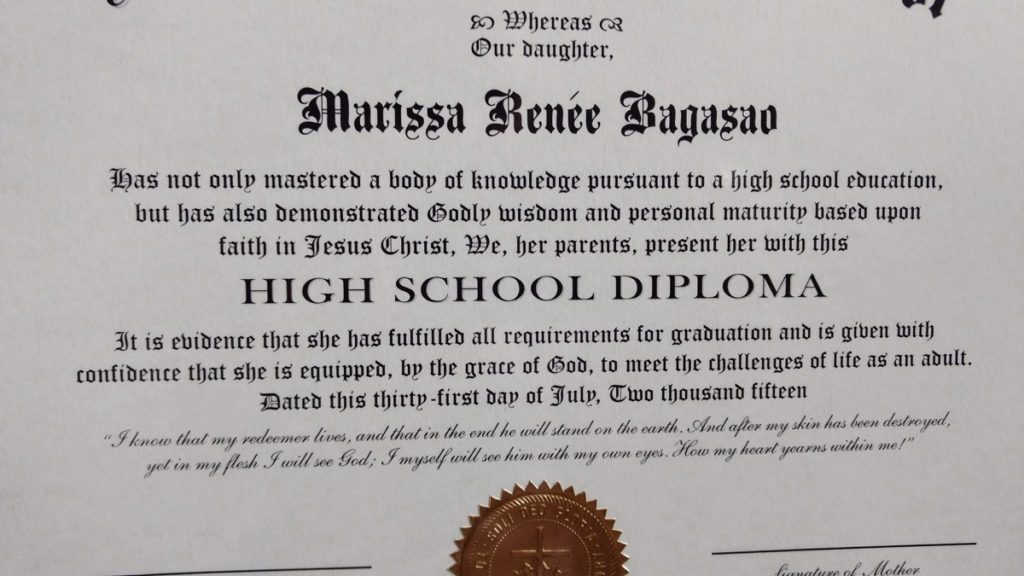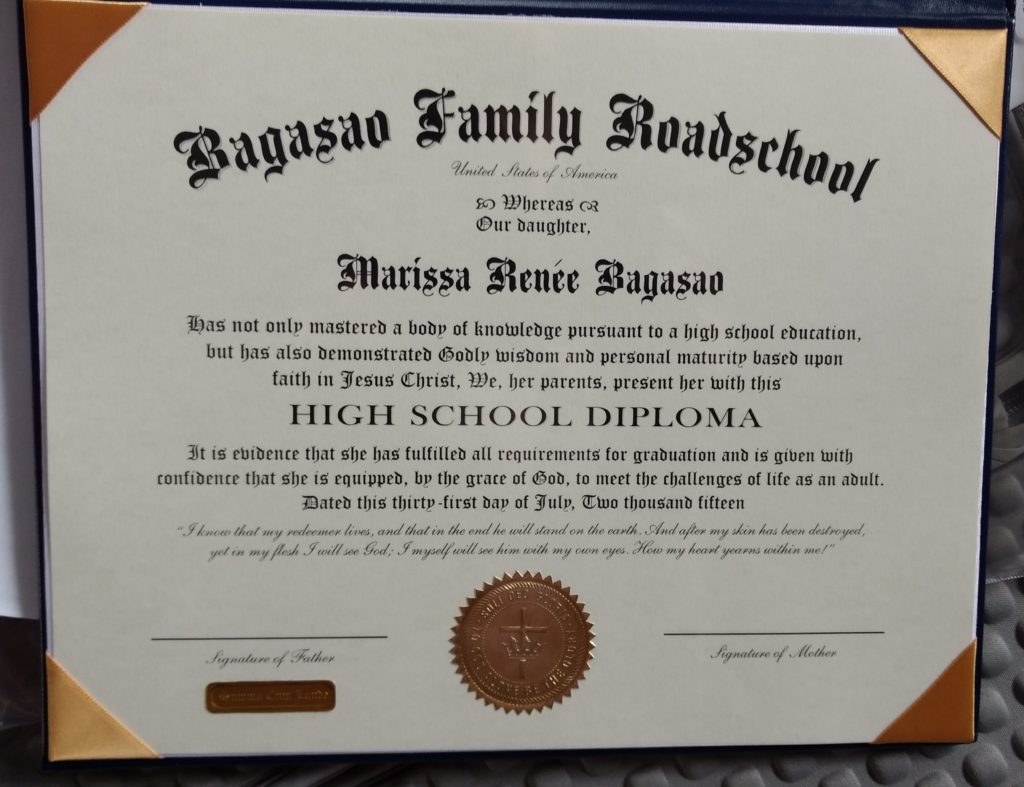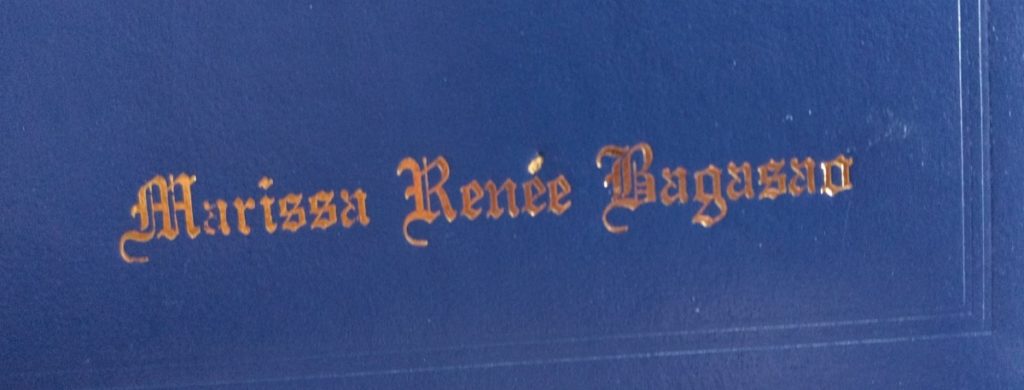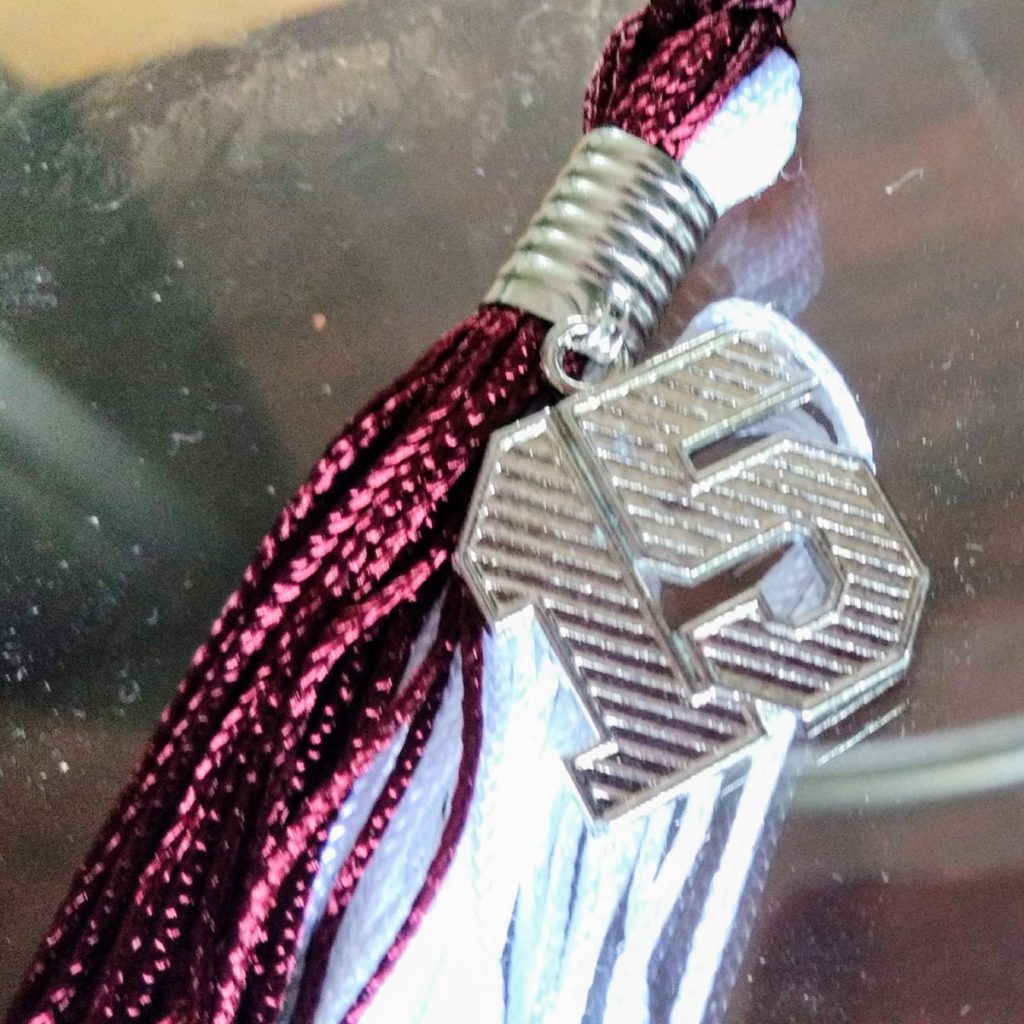I love it when people ask my son what he’s been doing in school, and he says something like, “I’m doing detective work. Something’s Fishy at Lake Iwannafisha,” and they think maybe their kids missed something in their regular school…or they think we’re nuts.
While both conclusions may or may not be true, Something’s Fishy at Lake Iwannafisha is a detective curriculum supplement from The Critical Thinking Co.™ that my 12-year-old son has been working through. He loves it! (If knowing that I can’t drag my 12-year-old boy away from his studies is enough for you, go look at Something’s Fishy at Lake Iwannafisha right here and skip this review!)

Who is The Critical Thinking Co.™ ?
First of all, let’s call them CT, shall we? CT is exactly what their real name implies, a curriculum company which teaches your kids to do what about 3/4 of adults don’t do these days–think critically. (Wow, that was an intense social commentary I slipped in there, wasn’t it? Well…think about it…if you can.)
CT provides anything from a full grade-level curriculum to supplements to what gives every impression of being a game but turns out instead to be a “brain builder.” Some of their products are as simple as what my brothers and I did for fun as kids (brain teasers and logic puzzles), which made my college logic class a total joke to me–eeeeaaaasssssyyyyy! Others involves a semester- or year-long study in a certain subject (editing, algebra, etc.) or an in-depth course intended for the sole purpose of building thinking skills.
That’s my long-winded way of saying they have loads of goodies on all levels and in all subjects that will help strengthen your child’s critical thinking ability. We’ve been using their resources for well over a decade…and we thinks good. Wink.
I have a secret for you, but you can’t tell. I’ll put it in parenthesis to make it super secret. (I use their workbooks as Christmas presents. Shhhhh.)

Why is critical thinking important?
I remember being in late grade school and high school and even college and beyond, wishing I could think these things through for myself instead of guessing or wondering what “They” said about a topic. I’ve since developed critical thinking skills, but I see all around me those who don’t. You do, too, if you think about.
Consider Facebook:
The President Trump haters (the Trump-Dumpers) will say something negative about him and his decisions no matter how much they actually agree with his policies. And they only realize they agree if President Trump is removed from the picture and they are presented with the information “Trump-free.” (This goes for any bias, but this is the openly obvious one at this point.) I’m not talking about just teens here; I’m talking about people in their 20s, 30s, 50s who are passing their non-thinking outbursts on to their children. Scariness!
Critical thinking involves moving past bias, past emotion, and past personal preferences to get to the nuts and bolts of a situation and assess the viability, logic, and reality of a decision or scenario.
In other words, you clear out the muck and assess the big picture. It’s a beautiful thing, and something our kids need to be able to do well. Of course, critical thinkers aren’t always super popular. My husband is a critical thinker, and sometimes when I want someone to support me in my momentary emotional irrationality, yeah, he’s not the guy. Wink wink. And ultimately I’m glad!
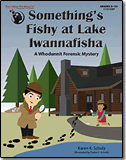
So what’s going on at Lake Iwannafisha?
There has been a murder, and it is the detective’s job to solve it. Your child is the detective or your children are a team of detectives. You are the sergeant.
As the sergeant, you give your detective(s) a detective training guide (sort of a refresher for all those years of training they underwent). You also give them the police report from the murder. As the investigation progresses, the detectives will come to you with requests for further information, like the ballistics report or forensics report. They can also request to interview a witness.
Of course, they can’t actually interview a witness. Other detectives have already interviewed witnesses and have their interviews on file. If your detective asks to interview someone whose interview isn’t “on file” (in the book), you as the sergeant simply inform them that that person wasn’t considered a suspect, so there is no interview on file.
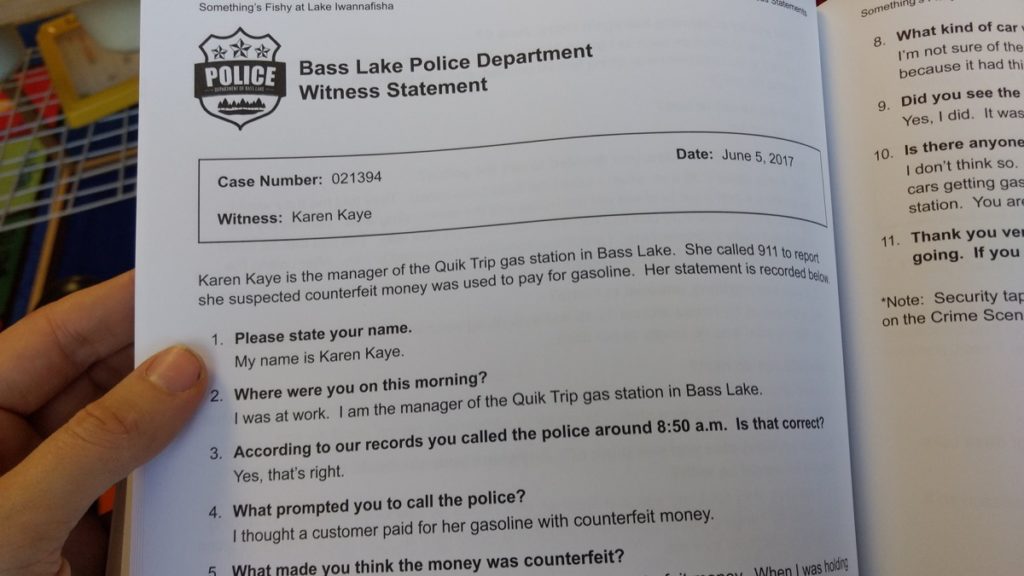
You are an active part of providing them with the information (hand them a photocopied or printed sheet of paper with the information, and another piece of paper where they can record their discoveries.) Apart from providing them with information (pieces of paper), you are not involved. You don’t offer hints. You don’t help. You let them use what should be their greatest tool–the brain.
They have to infer conclusions from the information they request from the sergeant. Beware: there will be loose ends…you know, like in real life.
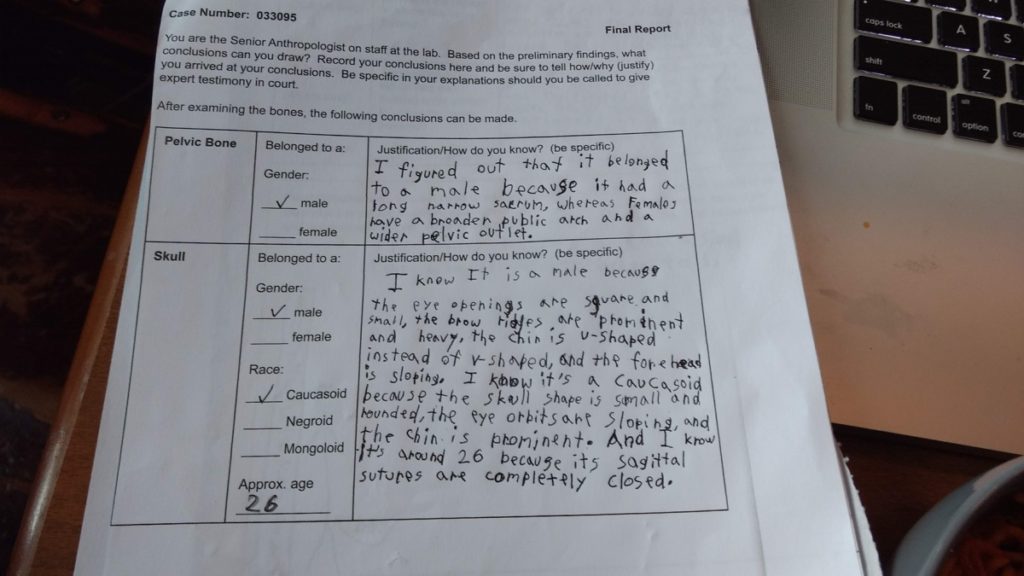
If, of course, you don’t want your kids working with forensics, ballistics, arson, theft, counterfeiting, etc., you won’t be interested in this course. I mean, there are a couple of murders. My son has been enthralled! He just bemoaned to me yesterday that the suspect has probably escaped the country by now since I haven’t given him his ballistics report yet.
This product can last for two days, two weeks, even a month or two if you’re taking 15 minutes or so out of class every few days to work on it. Personally, I enjoyed my son’s enthusiastic immersion in the course for two days before the death of the copier. He could leave his papers spread out (because we’re visiting Grandma and she has a room where he holed up and investigated) and pinned to the wall…like a real investigation, he said.

It’s recommended for grades 5-12+. My detective is in 6th grade, and was quite capable while working on this project.
Apart from passing out papers after they are copied or printed, there is really little to no parental involvement. There is a section where you can pause and have a discussion. I…ahem…didn’t formally follow through with this section. I was in the middle of a war with a copy machine (see the next section below). Also, I tend to discuss things informally. However, this is great for those who like things more scripted and are more hands-on than I am. Also, it’s excellent for groups! If you use this in a classroom, oh my cows-on-a-stick (aka corn dogs), your students will love you forever!
The best part was how my detective read the information and determined for himself what further information he needed to progress in his knowledge. There was no, “Now, detectives, what was the murder weapon? How do we know this? What should we do with that information? We should…investigate the…class…class…what should we investigate? It’s called…b-…b-…baaaa-…balistics.” Gagarociousness. My kids hate that! They come out of a Sunday school class and are like, “Ugh. We’re not two.”
Something’s Fishy totally acknowledges that they are totally not two. Awesomeness.
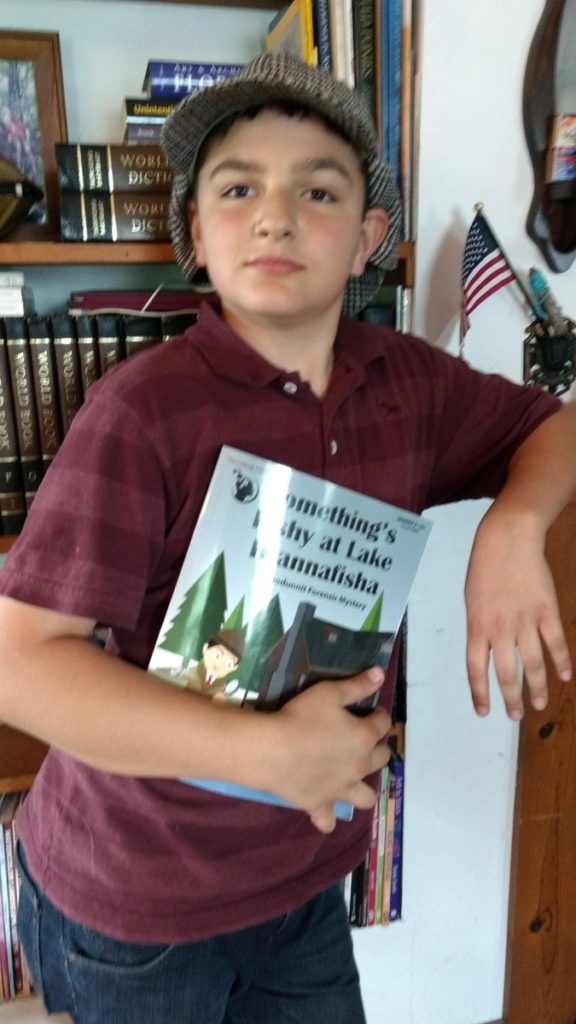
An interview with Detective Bagasao:
What did you think of Something Fishy at Lake Iwannafisha?
I thought it was awesome.
What did you like about it?
Everything.
Can you be more specific?
No. I liked everything.
Like…did you like having to use your brain and figure things out for yourself?
Yeah.
Ugh. Did you like that it was independent?
Yeah.
Ugh. You’re not giving me any good quotes.
What?! I liked the detective work–it was fun.
Ugh. Thanks. Go away.
There you have it. Straight from the mouth of he-who-will-not-be-an-interviewee-for-a-career. (Is that even a career option?)
And yes, I tell my kids to go away. Bad mom.
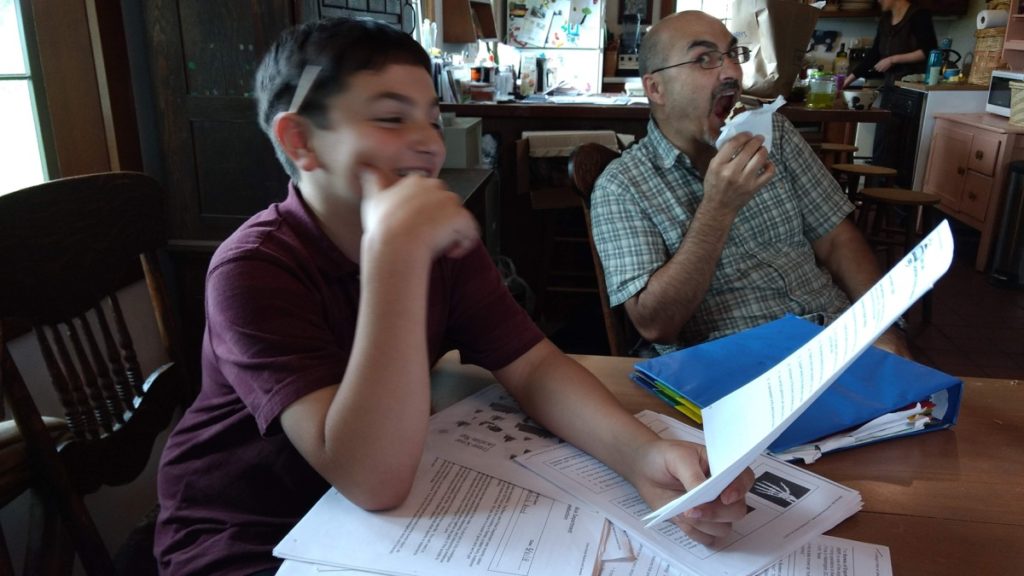
I wish Steve was eating donuts in that picture. I could make a great cliche joke.
Here’s my beef!
I usually have a beef, don’t I, and it’s often the same beef, isn’t it? This one is kind of a big deal…for me. (But there’s an ultra-positive, so if you read the beef, make sure you also read the prime rib below.)
I did not know when my son asked for this course that I would have to print or copy more than 2/3 of the book. When I found out that I would have to do this, I was pretty much the equivalent of a pouting two-year-old sitting in the corner not sharing his Scooby Doo toy and hiding his sister’s sippy cup. No, no, NO, NO, NOOOO!
I hate printing. And it costs money I don’t have. And our printer does, like a little bit at a time before essentially spitting in my face. So, you know, two pages, okay. Three pages, I’m going to whine. Anything more than that–that’s a deal breaker.
But the book was already in my hands when I learned this. But hallelujah! We were at my mom’s and she has this stellar copy machine, and so I copied pages straight from that as they were needed, and it was really great, and then it died! Halfway through the book, the copy machine just pppbbbbtttthhhhh…whirrrrrrrr…clink clank clunk…dead.
My detective wasn’t happy, as he was anxiously awaiting his ballistics report. So I thought of an alternative. If you have an honest kid, you can paperclip back the pages he can’t see yet, and let him access the pages he can have. Then he can write his conclusions in a notebook–simple-ish. But my detective preferred having pages he could spread out like on Perry Mason and Sherlock Holmes BBC edition with Jeremy Brett–classic! So, after two days of waiting for me to miraculously fix the copy machine (as if), he gave up.
So…the mystery remains unsolved. At the rate he was going, however, it would have been a two-day project at best. He was thoroughly engrossed and powering through it. And honestly, if he does his chores, math, and Bible every day, he can scrap everything else and immerse himself in one subject for two days if he wants to. Life is kind of like that around here anyway.
Here’s my…prime rib?
If you have a beef, which is a negative, there’s usually a positive side, too, right? And here it is. When I first received the book, I thought I handed it to him and he worked through it and done. No no! It is not a consumable book, as my beef already explained. So what does that mean?
It means this:
- His siblings can solve the mystery as well…and at their own paces.
- He can’t get hints and tips from looking at other pages in the book. He has to figure out for himself what information he needs to solve the mystery. That is brilliant! It’s so brilliant, that I don’t even mind copying.
- If you have a lot of kids and you want them all to do this, cut the binding and make friends at Kinkos. Or maybe your church will copy it for you? There is no Kinkos where we are right now. (If I could think of any job that would make me die every day, it would be working at a copying/printing place. Instant death.)
All in all, if you don’t mind running off copies or printing PDFs (which you can access through a link CT gives you), this program is absolutely brilliant! I am super happy with it and I would have gone through it again even knowing about the printing/copying. You know that really saying something for me. Oh technology, why do you hate me so? What have I ever done to you…I mean, besides breaking or temporarily disabling pretty much every tech device I’ve ever touched.
Summary: this program is more than worth the effort of copying and printing. And if you use the PDFs instead of copying, it’s not that difficult…unless your printer is possessed by the soul of Elvis, like ours is. Don’t even ask.
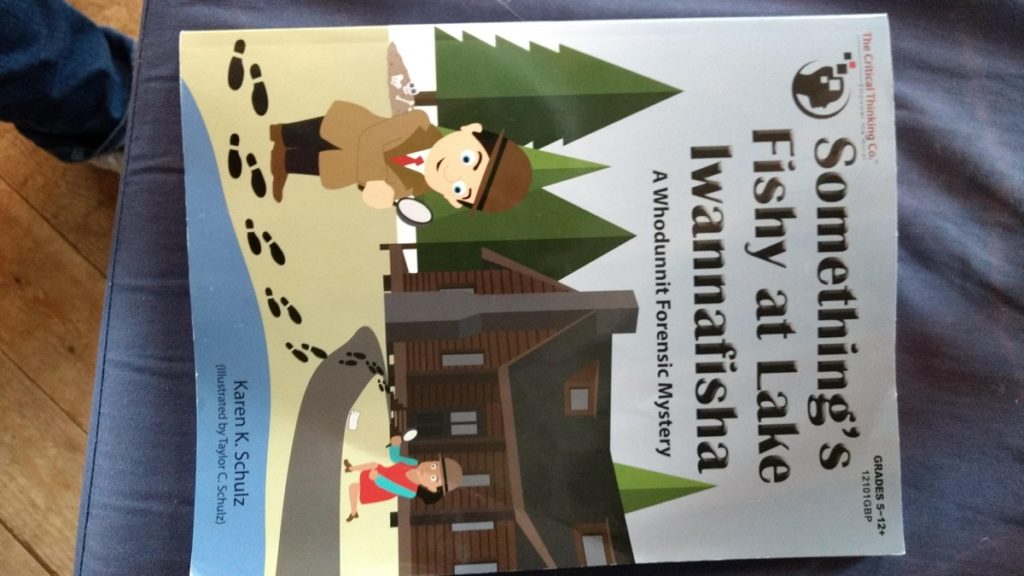
Speaking of tech issues, this picture would not rotate or crop. Evil picture.
A few technical details.
The book sells currently for $14.95. There is also a digital edition for the same price, but it only works on a Windows operating platform. Both give you access to printables, or you can use the book to copy what you need for your students. This is not a consumable workbook.
You want more information, don’t you?
The Critical Thinking Co.™ isone of those great companies that it really pays to follow. We follow them online, but most of our interaction is through their email list. They send weekly critical thinking puzzles for the kids (and the mom), plus there’s often a stellar sale or a clearance item that is perfect to occupy and grow minds while we travel or for screen-free weeks or for fun or, hey, for school as they’re intended. I mean, that’s probably a good use for their curricula also–school. I’m a thinker! Anyway, sign up for their emails online and give them a shot for a while. Make sure to subscribe to the free puzzles for your age groups. And you can also check out on social media below:
Other members of the Homeschool Review Crew reviewed the following items from The Critical Thinking Co.:
If you want to read other Crew reviews (less talk about copying, most likely) about the above or about Lake Iwannafisha, click right here on this little ol’ link or on the lovely banner below:
